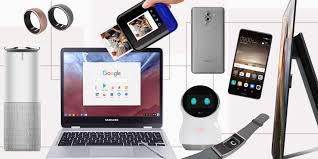Nuance Audio is a new option for people who resist traditional aids, from the company that makes Ray-Bans and operates LensCrafters.
Seekers of Meaning Podcast Posted Online March 7, 2025
What's Next Longevity Deal Talk Episode 32, January, 2025
Presentation: What's Next Longevity Venture Summit, June, 2025
WAWABILITY 2025, Washington DC, July, 2025

 Technology utilization among older adults grew. According to Pew Research, smartphone
Technology utilization among older adults grew. According to Pew Research, smartphone  What makes Voice First special for older adults? This blog has discussed the
What makes Voice First special for older adults? This blog has discussed the  Tech with applicability in the older adult market. The Digital Health event is also covered
Tech with applicability in the older adult market. The Digital Health event is also covered